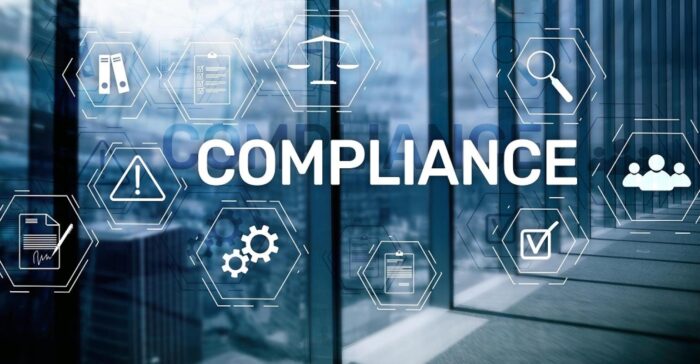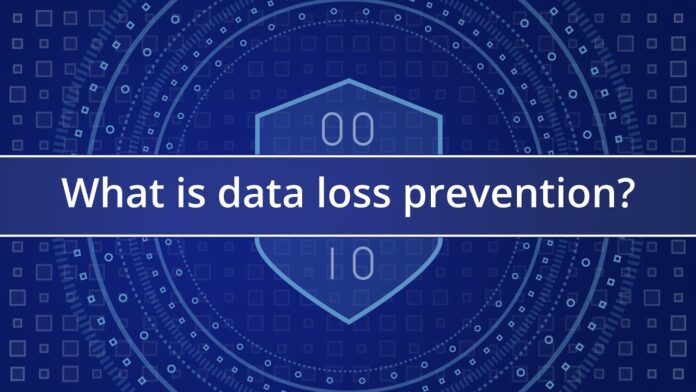Data loss can cost your company in fines, productivity, and lost customer trust. In some cases, it can even put you out of business.
Data loss prevention (DLP) tools work with standard compliance and security systems to protect sensitive information at rest, in motion and stored on endpoints. There are many different DLP tools available.
Access control

As the name suggests, access control is all about who gets to access data and under what conditions. It’s an essential component of cybersecurity that helps organizations safeguard data on remote cloud systems and achieve greater visibility across growing organizations.
To implement effective access control, you must identify the data you want to protect. That can be done manually by applying rules and metadata or automatically using techniques like machine learning. It would help to start with a small percentage of sensitive information and gradually add more as your security program matures.
Once you’ve identified the data, it’s time to create an access control policy. The goal is to balance granting access to information and keeping that information secure from malicious attackers and even accidental mistakes. The best way to do this is to use a combination of methods, such as separating data into categories and setting up policies prioritizing certain information over others.
For example, some file security solutions monitor files at rest and in use to help prevent accidental data leaks. These solutions can also set up policies to allow, block, flag, or quarantine activities that violate your security policies. In addition, these systems can record granular access usage data, so your security team can quickly investigate suspicious activity.
Encryption

Data loss prevention software tools and solutions filter data streams on networks, control and monitor endpoint activities, and even monitor and protect data in the cloud. These tools help to protect data in use, in motion, and at rest by encrypting sensitive information as it is transferred from device to device or from the network. This prevents the information from being accessed by unauthorized users, and it also helps to mitigate data breaches and meet audit and routine compliance requirements.
Employees often access company data on their personal devices and web applications, which can pose a risk to your business. The right DLP solution can encrypt files, emails, and data itself to prevent data theft by unauthorized users, whether intentional or not. It can also monitor and control how workers use their devices to ensure they only send secure data.
Small businesses, in particular, are attractive targets for hackers, as they store a lot of personal and financial data about their customers, suppliers, employees, and the companies themselves. This information can be used for fraud and identity theft, and it can cause significant damage to a business’s reputation and financial standing. In some cases, these damages can put a company out of business, as evidenced by the 10% of small businesses filing for bankruptcy after a data breach.
Reporting

Data loss prevention software focuses on preventing sensitive data from exiting the organization. This includes catching insider threats who abuse privileges to send information outside the corporate network and stopping malicious hackers from moving data outside the enterprise perimeter.
Generally, DLP tools filter data streams on networks, control and monitor endpoints and watch over data in the cloud. They also have reporting capabilities to identify problems and anomalies for forensic response and address audit and routine compliance requirements.
Many DLP products use security analysis engines to detect regulated, confidential, and business-critical information that violates policies set by organizations or through standard compliance guidelines like HIPAA or GDPR. The tools then apply remediation steps, like alerts and protective actions, to prevent data breaches.
The first step is identifying the data that needs to be protected, which can be done manually using metadata and rules or automatically using machine learning techniques and tools. Companies can also conduct data audits and inventory to understand better the types of information they have and determine which would cause more damage if compromised, helping them better classify and prioritize their data protection tools.
DLP systems can be installed at the network perimeter or on endpoints to protect data in motion and at rest. They often monitor email, instant messaging, other communication channels, and consumer cloud storage services to detect unauthorized data transfers. They also check for vulnerabilities in privileged accounts and monitor user behavior to ensure data isn’t being moved without authorization.
Compliance

Data breaches that reveal sensitive information can threaten individuals’ privacy, damage a company’s reputation and disrupt operations. Breaches resulting in intellectual property loss can cripple a business’s financial health and potentially lead to bankruptcy. It’s not just hackers responsible for breaches; negligent employees can also accidentally or maliciously lose information. Training and continuously educating employees on safeguarding customer information is important.
Using advanced security tools and practices, data loss prevention software helps protect your organization’s data at rest, in motion, and on endpoints. These solutions help you meet three common objectives: personal information protection/compliance, intellectual property protection, and data visibility.

A well-designed security program starts with identifying what constitutes sensitive information and classifying data as regulated, confidential, or critical to the business. Data loss prevention solutions identify and analyze data to find risky patterns of use and then automatically encrypt and restrict access based on that classification.
The solution then monitors networks, endpoints, and the cloud to detect, alert and block sensitive data from being sent off your network. It also captures security events to provide forensic analysis and support compliance reporting. The resulting visibility into data movement helps prevent data exfiltration by well-meaning and malicious insiders and external adversaries.





